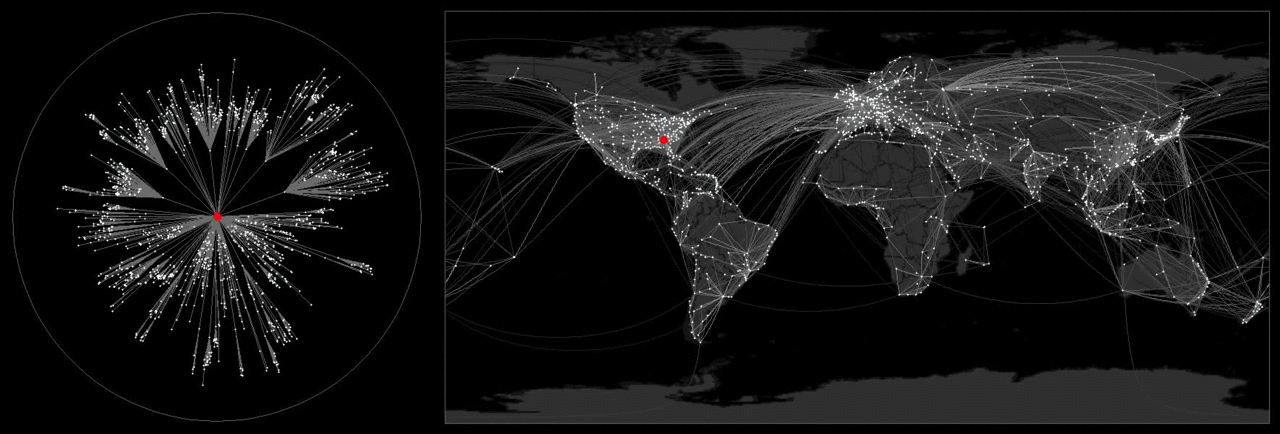|
Getting your Trinity Audio player ready...
|
Blockchains have a mission more important than money: they could one day save us from a World War Z situation.
Current healthcare systems are not as efficient as they should be, as evidenced by the long queues and slow responses between transactions, especially when intermediaries—such as insurance and data service providers are involved. To remedy this, some blockchain start-ups have set up shop with the aim to streamline healthcare processes and maximize efficiency in the system.
Manual processes, communication, coupled with the need for security keep healthcare processes at a sluggish pace—which is not something anyone would want to hear at a time of crisis, epidemic, or worse, a pandemic.
For this very reason, the Center for Disease Control (CDC) is engaging blockchain technology for one of the world’s most critical missions: fighting pandemics. Blockchains’ decentralized nature can allow data to be instantly broadcast on a global scale, making it a very powerful weapon in stopping epidemics in their tracks.
It is important to contain an epidemic before it turns into a global outbreak. But how can we stop an infection from spreading if we don’t even know where it comes from? The World Health Organization lists “recognition, isolation, reporting, and surveillance of episodes” as a primary step to prevention and control of epidemic and pandemic-prone acute respiratory disease. This key measure to preventing a pandemic includes tracking and monitoring incidents of infection: where the infected are, what and who they’ve been in contact with, and where they’ve been.
Not only is this crucial in predicting the spread of infection, it might also give a clue on where an infection came from, how it spreads, and possibly how to kill it.
With blockchains, healthcare providers can automate data updates on a massive scale while also removing the need for intermediaries to provide a data transfer and security service. This will result in significantly faster response times.
Perhaps at some point, we can actually watch a real-time map of infections, and it would look something like this (click the image to see the animation):
While this looks like one of those super fun video games where you play the role of (a sadistic) God inflicting plagues onto humans, in real life, this might be just a teensy bit less fun.
And while it provides a real-time, transparent documentation of an infection’s spread, a blockchain-based surveillance would still not be violating anyone’s privacy—personally identifiable information do not get stored in the network, making it compliant of security and privacy laws.
Jim Nasr, chief software architect at the CDC’s Center for Surveillance, thinks it’s a match made in heaven: “Public health and blockchain really do belong together.”
“Moving that data from one peer to another in a secure manner, in a compliant manner, and in a transparent manner—as quickly as possible—is a key part of the business model,” he added. The CDC is still in the process of smoothing out the whole project, so it will probably take some time before we see this in action.
And if you think a zombie apocalypse isn’t something the CDC takes seriously, think again. Check out this section on the CDC’s website, which is specially dedicated for zombie preparedness.

 07-06-2025
07-06-2025 






